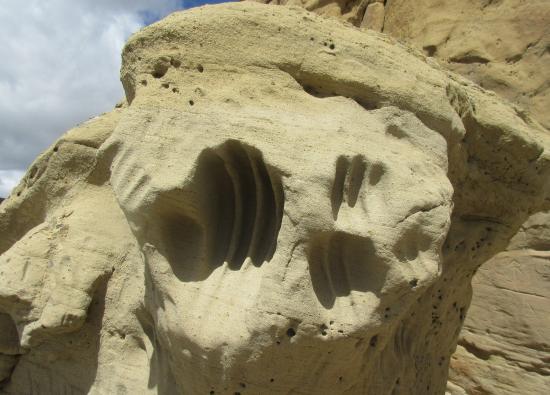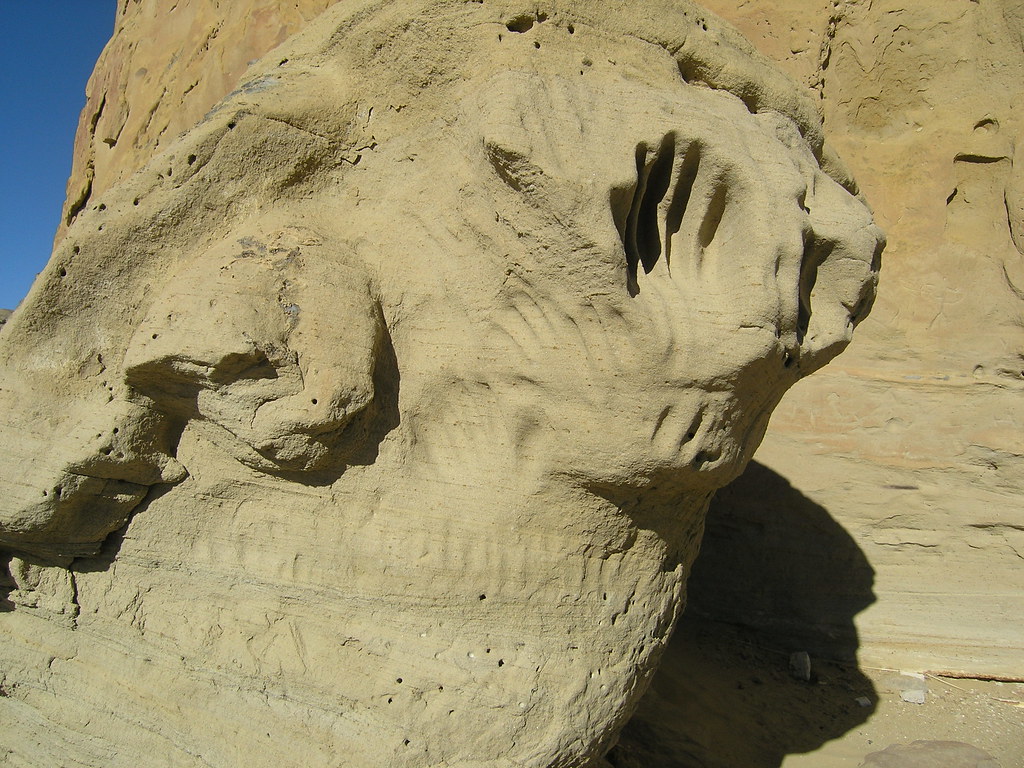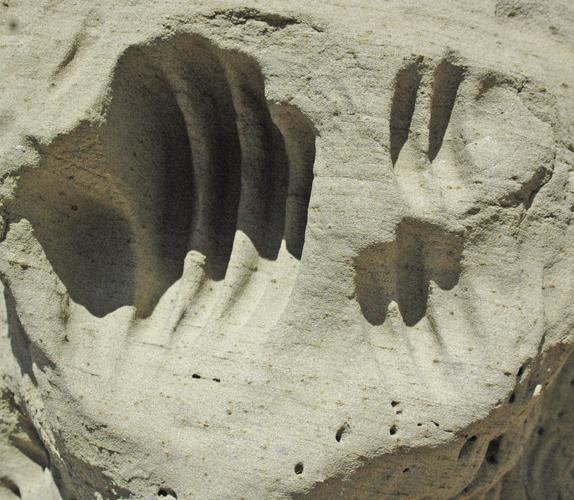Introduction: A Journey to the Past
Tucked away in Wyoming’s Red Desert, the White Mountain Petroglyphs offer a rare and profound window into the history and spirituality of Native American tribes. These ancient carvings, created by the Shoshone, Arapaho, and Ute peoples between 200 and 1,000 years ago, are not just artworks—they are symbols of survival, belief, and connection to the natural world. To visit these petroglyphs is to embark on a journey that links us to the deep past, helping us understand how these tribes viewed the world and expressed their spiritual practices.

Hiking to the Sacred Site: A Modern Pilgrimage
Accessing the petroglyphs is no simple task. Located in a remote area of the Red Desert, visitors must undertake a 16-mile drive along a rugged dirt road and then complete a short hike to the carvings. This journey mirrors the effort and reverence that the indigenous peoples had for their sacred art. The petroglyphs, intricately carved into the rocky surfaces, stand as silent witnesses to a rich cultural heritage.
Symbolism and Spirituality in the Petroglyphs
The carvings themselves are far more than artistic expressions—they are deeply symbolic. Bighorn sheep, frequently depicted in the petroglyphs, held great significance for the tribes. These animals were not only essential for survival but also symbols of strength and spiritual power. Other images, including human figures and abstract shapes, may represent mythological stories, supernatural beings, or elements of the natural world with spiritual importance.

The petroglyphs likely served multiple purposes: as markers of tribal territory, representations of key stories, and as spiritual symbols connecting the tribes to the forces of nature and the afterlife. Each symbol tells a story, encapsulating the tribes’ understanding of life, death, and their relationship to the world around them.
Connecting with the Past: The Cultural and Spiritual Significance
The petroglyphs provide invaluable insight into the cultural and spiritual practices of the Shoshone, Arapaho, and Ute peoples. These carvings reflect a worldview where nature and the spirit world were intricately linked. For example, certain motifs could represent the sacred Wacah Chan, or world tree, a common symbol in Native American culture connecting the realms of the living and the dead.

Beyond their artistic beauty, the petroglyphs offer a glimpse into the tribes’ understanding of the natural world and their reverence for animals. The bighorn sheep, deer, and elk depicted were not merely hunting targets; they were spiritual beings that embodied strength, fertility, and connection to the earth.
Preserving the Legacy: Protecting the Petroglyphs for Future Generations
The White Mountain Petroglyphs are not only a cultural treasure but also a fragile legacy that requires protection. As more visitors are drawn to the site, the importance of conservation becomes clear. By preserving these petroglyphs, we ensure that future generations can continue to learn from and connect with this powerful symbol of Native American history.

Efforts to protect the site go beyond safeguarding the carvings themselves. They extend to preserving the cultural significance that the petroglyphs hold for the descendants of the Shoshone, Arapaho, and Ute peoples. These symbols are not relics of the past—they are living, ongoing stories.
Conclusion: A Timeless Connection to Native American Heritage
The White Mountain Petroglyphs offer an enduring connection to the past, revealing the art, spirituality, and beliefs of Native American tribes that once thrived in the Red Desert. These ancient carvings continue to resonate with cultural significance, offering valuable insights into the worldviews of the Shoshone, Arapaho, and Ute peoples. As we explore and preserve these petroglyphs, we honor the deep spiritual and cultural heritage of the American West, ensuring that these sacred symbols continue to inspire for generations to come.

